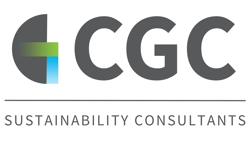New Data! Overheating risk for new homes on the run up to 2016
The risk of overheating especially in new build flats after 2000, is placing vulnerable residents such as the elderly and infirm in danger of further health problems and even death, suggests a new report by Good homes Alliance. Reported in Building.com. The study comes at a critical stage in the run up to Zero Carbon Homes in 2016.
The Good Homes Alliance (GHA) report highlighted 30% of flats and elderly care homes built after 2000 overheated. This comes as Building Regulations changes are forcing the house building industry to deliver better insulated and less drafty homes and therefore the risks of overheating, if this study holds weight, are set to rise dramatically.
The survey of over 100 housing providers, environmental health officers, local authorities and GHA members provided details on 90 instances of overheating, with 48% of those occurring in purpose built flats, including care homes, and 30% in properties built after 2000 (see table below). It said care homes and student accommodation were at “particular risk” because the units were often small. It also found that properties in urban areas were more likely to overheat. It said the causes of overheating included inadequate ventilation; single aspect flat design; large areas of full-height glazing; and fixed windows.
JB comments I have some major conserns over the standards which are now forcing builders to demonstrate compliance using higher and higher air tightness targets as this seems a simple way to comply with Part L of the Building Regulations 2010 and other conditions placed by local authorities and housing associations. Many small to medium size contractors do not understand how the new requirements need to be implemented on the ground and are faced with either major changes to building techniques and specifications, or significant tweaking to the variable requirements such as air Leakage to maximise it’s value in SAP. This seems the favoured route for many building contractors as it requires no costly design or specfication revisions . Not only does this cause potential overheating but increased risk of condensation and mold growth.
Ready to talk?
If you'd like to talk to us about your project, do get in touch.
